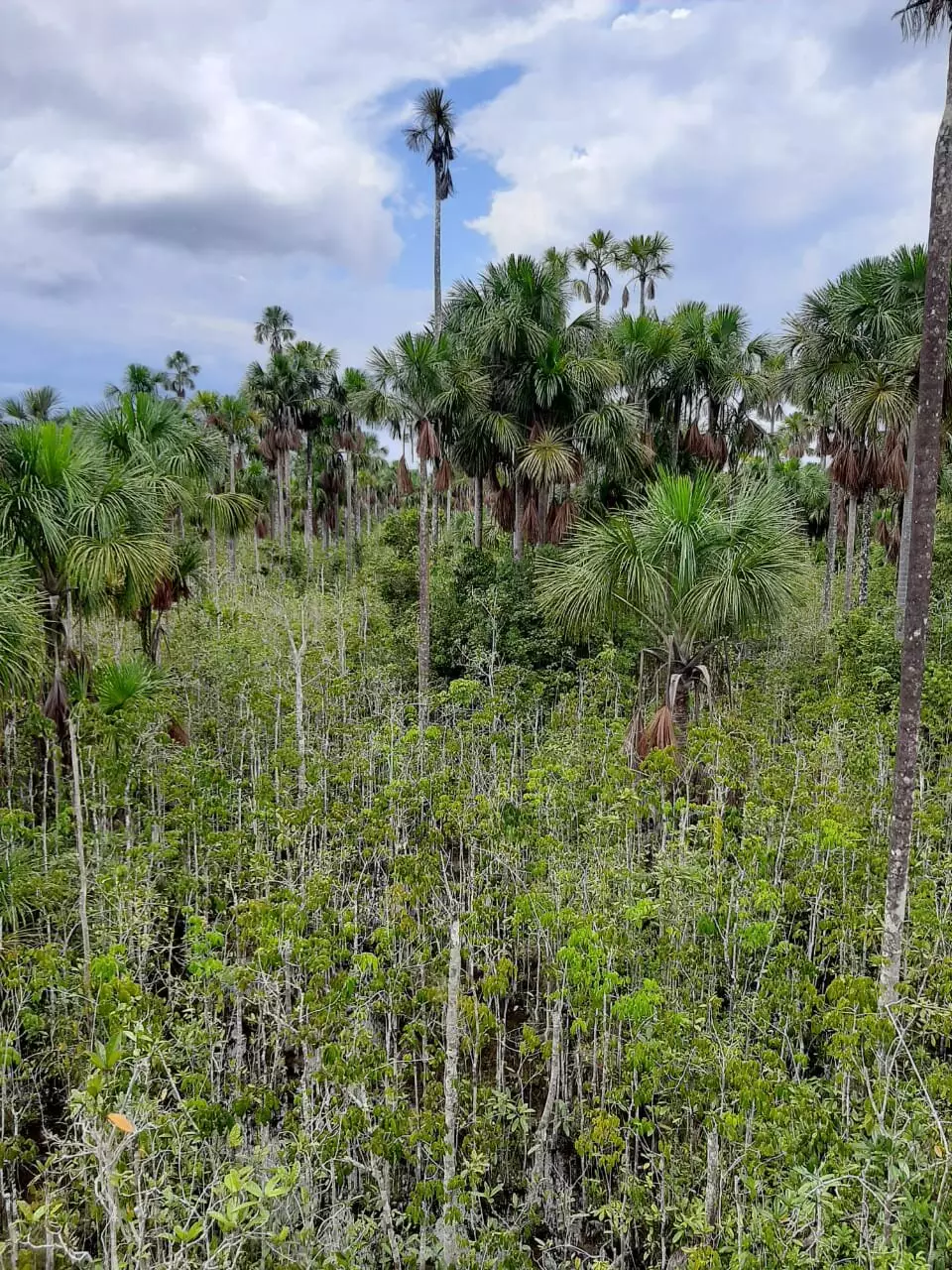A recent study led by researchers from the University of St Andrews, Scotland, and Charles University, Prague, has revealed a new data-driven map that estimates a significantly larger area of peatlands in the Amazon Basin than previously thought. This high-resolution map is crucial for understanding the vulnerability of peatlands to climate change and human impacts.
Peatlands are waterlogged landscapes that accumulate partially decomposed plant matter over thousands of years. They store vast amounts of carbon and play a crucial role in regulating the global climate. Despite their importance, the distribution of peatlands in the Amazon Basin has been poorly understood until now.
The research team, led by Dr. Adam Hastie from Charles University, compiled data from over 2,400 ground reference points across the Amazon. By combining this data with satellite imagery and other environmental information, they were able to create a detailed map estimating that peatlands cover approximately 251,000 square kilometers of the Amazon Basin, an area larger than Belgium. This new estimate suggests that vast areas of peatland in northern Brazil and Bolivia have remained undocumented until now.
The new map serves as a valuable tool for identifying areas of peatland at greatest risk from threats such as climate change, deforestation, and drainage for agriculture. By understanding the extent of peatlands in the Amazon Basin, policymakers and researchers can develop strategies for conservation efforts to protect these critical ecosystems.
The study highlights the importance of field data collection in improving our understanding of peatland distribution. This knowledge not only helps in setting priorities for climate change mitigation but also opens up opportunities for collaboration with local communities living in and around peatland ecosystems. By working together, it is possible to prevent irreversible damage to healthy peatlands and restore degraded ones.
The new data-driven map of peatlands in the Amazon Basin provides valuable insights into the extent and distribution of these crucial ecosystems. With this information, researchers and policymakers can develop effective strategies to conserve and sustainably manage peatlands, ultimately protecting the diverse species and ecological processes that depend on them. By continuing to study and monitor peatlands in the Amazon, we can ensure the long-term health and function of this vital region.


Leave a Reply